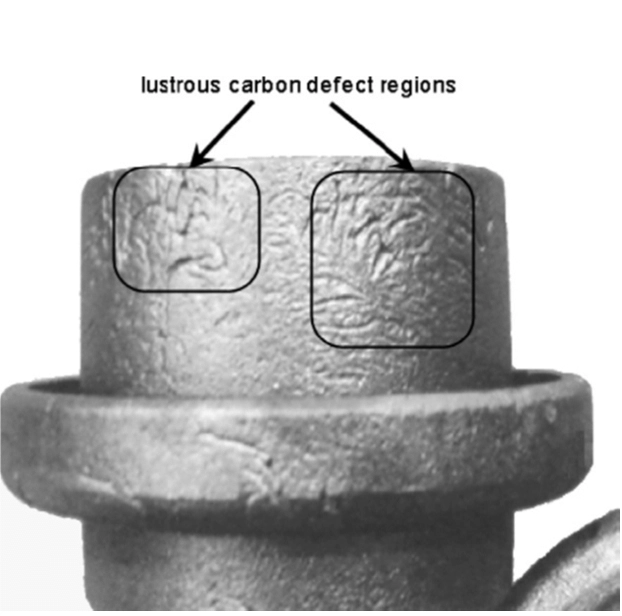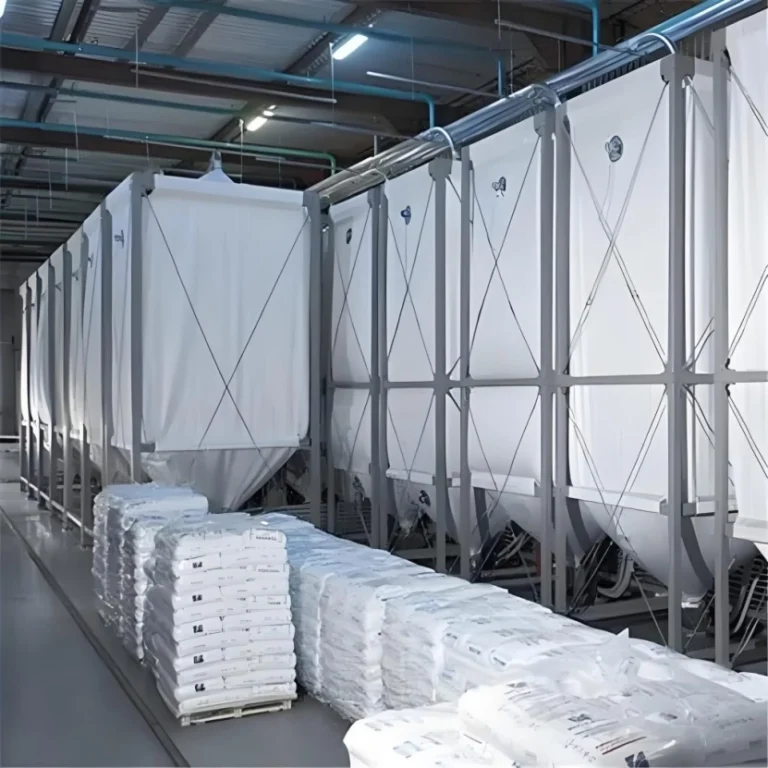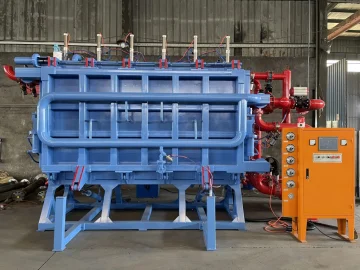In the lost foam casting process, ensuring that expanded polystyrene (EPS) beads are properly stored and matured is crucial for achieving high-quality foam models. The effectiveness of EPS storage and aging silos directly impacts the final casting results, influencing factors like bead expansion, fusion quality, and overall casting strength. This guide will provide insights into how EPS storage and aging silos work, why they matter, and how to optimize them for your lost foam casting operations.
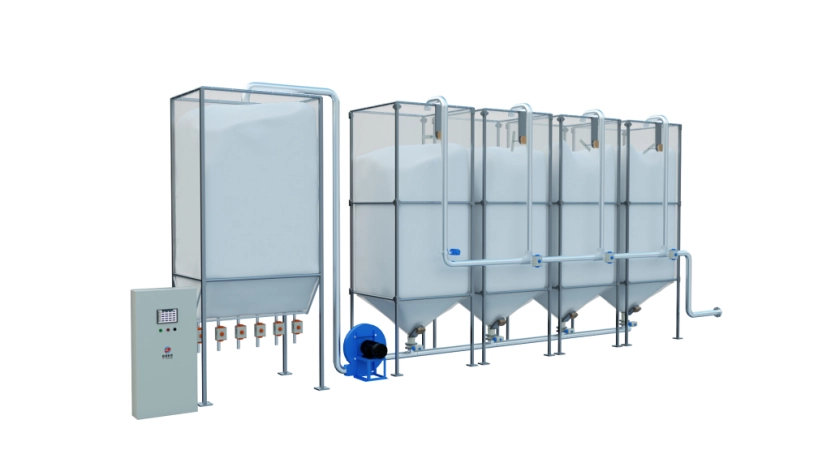
Why EPS Storage and Aging Silos Are Critical for Lost Foam Casting
The Science Behind EPS Bead Maturation
EPS beads experience a notable change during the ripening stage. Initially, when expanded, they hold water and leftover foaming substances. These need time to settle. The beads balance pressure and adjust moisture levels as they ripen. This greatly influences their growth speed.
If beads are not ripened enough, the result may be weak bonding or size inconsistencies. Casting flaws, like air pockets or trapped debris, can also occur. Proper ripening ensures beads grow within a tight range (±5% density uniformity). This leads to better bonding and fewer casting errors. Ultimately, it boosts casting excellence. Inconsistent ripening causes uneven bead performance. This translates to irregular casting results.
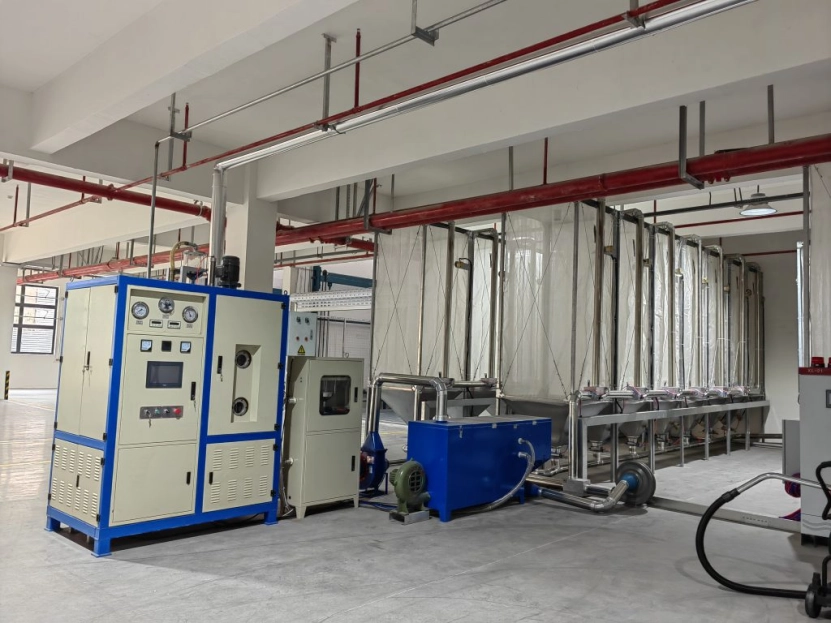
Key Benefits of Proper EPS Storage and Aging
Using an EPS Storage Silo for lost foam casting ensures beads are kept in a regulated setting before molding. The advantages include:
- Enhanced flow and mold-filling ability: Well-ripened EPS beads move smoothly. They fill mold spaces evenly and completely.
- Steady bead growth rates: Uniform growth reduces risks of poor bonding or size shifts.
- Lower gas releases: Proper ripening breaks down lingering gases. This improves casting efficiency and cuts gas-related flaws.
How EPS Storage Silos Work in Lost Foam Casting
Core Components of an EPS Aging Silo
An EPS Aging Silo for lost foam casting is built to support the ripening process in a controlled space. These silos often include stainless steel pipes that resist static buildup. This prevents dangerous situations like sparks or flames. Additionally, advanced sensors track material levels. Dual-screen systems monitor conditions inside the silo.
Temperature and moisture controls are crucial. They maintain the ideal setting for bead ripening. Typically, the temperature stays below 30°C. Humidity is also regulated. This ensures beads grow evenly. As a result, their mold-filling performance improves significantly.
Operational Workflow of EPS Maturation Silos
The process in an EPS Storage Silo for lost foam casting starts with automatic bead transfer. Beads move from pre-foaming machines to the silo. Real-time tracking begins as they enter. This monitors ripening time, usually 8–12 hours, and environmental factors.
The system keeps beads within optimal temperature and humidity ranges. This avoids early ripening or insufficient maturation. Safety measures are also critical. Anti-static systems reduce fire risks. Other precautions ensure the foaming agent inside beads remains intact. Losing it could harm casting quality.
Advanced Control Systems in Modern Silos
Today’s EPS Aging Silos for lost foam casting boast sophisticated controls. Touchscreen panels allow precise tweaks to settings like time, bead variety, and packing thickness. For large-scale operations, these silos maximize productivity. Dual-screen systems let operators track and adjust settings instantly. This ensures beads ripen consistently for reliable outcomes.
How to Determine if EPS Beads Are Properly Matured
Physical Testing Methods
To confirm EPS beads are fully ripened, physical tests are necessary. One common method measures bead growth speed. Ripened beads should expand 1.8–2.2 times their original size. Beads that grow too much or too little cause problems during casting.
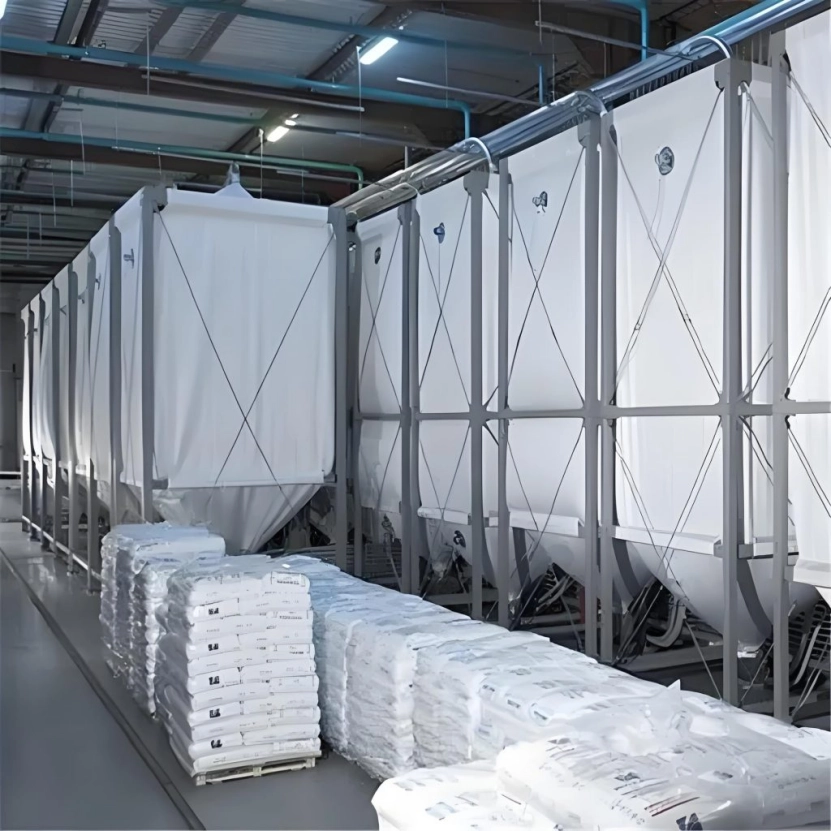
Moisture level testing is also key. The ideal range is 2% to 4%. If moisture is too high or low, beads may underperform in molds. This leads to flaws in the final casting.
Density and Structural Integrity Checks
Bead thickness is a vital sign of ripening status. A thickness gauge ensures uniformity. The acceptable error is less than ±5%. After ripening, beads undergo pressure tests. These check their strength. Proper ripening boosts bead strength by at least 30%. This ensures they endure casting pressures without breaking.
Practical Field Observations
Visual checks also help assess bead ripening. Smooth textures and uniform sizes signal well-ripened EPS. Weather conditions during ripening matter too. For instance, summer-ripened beads may need less time than those in cooler seasons. Temperature and humidity affect the outcome.
Post-Maturation Processes in Lost Foam Casting
Mold Preparation and Bead Loading
Once EPS beads are fully resiultpened, mold preparation begins. Even bead placement in mold spaces is critical. It ensures steady casting results. The process involves placing beads into molds carefully. Controlled conditions help them settle uniformly. This minimizes gaps or empty spots that could weaken the final casting.
Drying and Coating Applications
After beads fill the mold, removing leftover moisture is essential. Excess water can cause cracks during drying. This leads to casting flaws. In some cases, a mixing device applies protective coatings to beads before drying. These coatings shield beads during casting. They also enhance the casting’s strength and quality.
Casting and Defect Prevention
Well-ripened EPS beads reduce common casting issues, like air pockets or trapped debris. Mature beads grow evenly and bond effectively. This creates a smoother surface and a steadier product. Achieving a surface smoothness below Ra12.5μm is a target for precise casting. Ripened beads are key to meeting this standard.
Case Study: Customized Maturation Silos
شركة Hangzhou Ouchen Technology Co. ، Ltd offers tailored EPS Aging Silos for lost foam casting. These include smart bead transport systems. Automated level detection and dual-screen controls ensure accurate monitoring. Customization lets Hangzhou Ouchen Technology Co., LTD production teams adapt silos to their specific needs. This improves foam casting quality and efficiency.
FAQs About EPS Storage and Aging Silos
How do I know if EPS beads are fully matured?
Run thickness tests. Track growth rates (target: 1.8–2.2x).
What happens if beads are over-matured?
Too much foaming agent loss causes weak bonding. Limit ripening to 3 days in summer.
Can I reuse aging silos for different bead types?
Yes, with proper tweaks via touchscreen controls.
Why choose anti-static silos?
They prevent static sparks and ensure worker safety. This is vital for EPS handling.
Ready to Upgrade Your EPS Maturation Process?
Explore customized EPS Storage Silos for lost foam casting with precision-controlled, anti-static systems. Contact us to discover how these silos can improve your EPS Storage for lost foam casting and ripening processes. Achieve better foam casting quality today.
Hangzhou Ouchen Technology Co., LTD Contact Information:
Phone: +86 15988479417
بريد إلكتروني: zyh@oc-epc.com
Website: Visit OC-EPC.com

